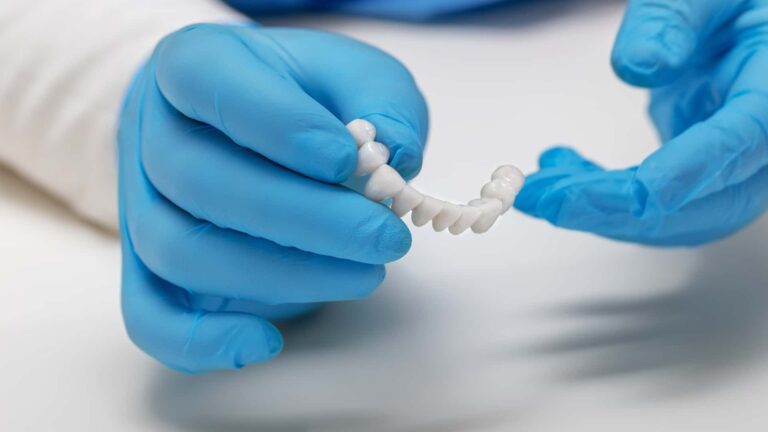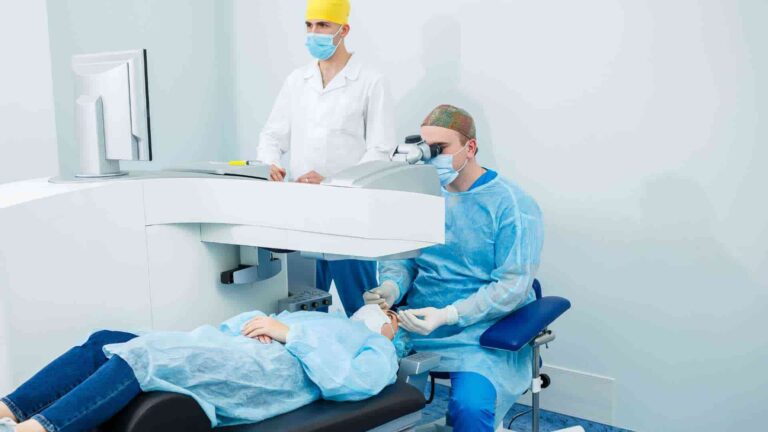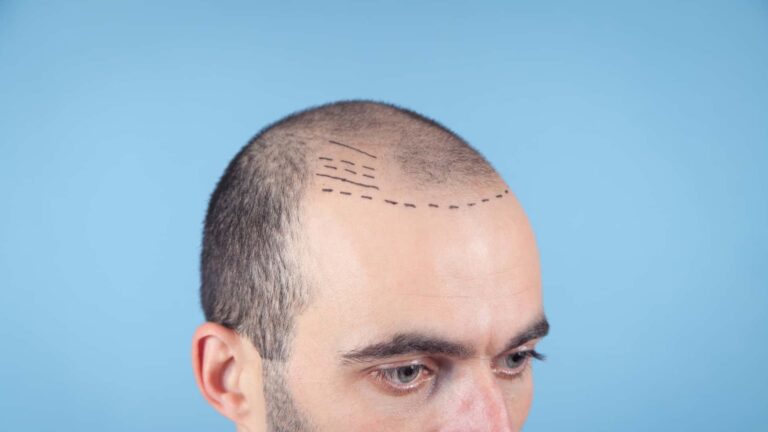Introduction
Male breast enlargement, medically known as Gynecomastia, is a condition that affects a significant number of men at some point in their lives. In this comprehensive guide, we aim to provide in-depth insights into the causes, symptoms, and effective solutions for individuals dealing with Gynecomastia.
Understanding Gynecomastia
Defining Gynecomastia
Gynecomastia is characterized by the enlargement of the male breast tissue, resulting in a more feminine chest appearance. It can occur at any age and is often linked to hormonal imbalances, medications, or underlying medical conditions.
Key Causes
1. Hormonal Imbalances
Hormonal shifts, particularly an increase in estrogen relative to testosterone, play a crucial role in the development of Gynecomastia. This imbalance can be triggered by puberty, aging, or certain health conditions.
2. Medications and Substance Use
The use of medications, such as anabolic steroids, anti-androgens, or certain antidepressants, as well as the abuse of substances like marijuana or alcohol, can contribute to Gynecomastia.
Recognizing Symptoms
Physical Appearance
Gynecomastia presents as the enlargement of glandular tissue in the breast, often causing tenderness and swelling. It can occur unilaterally or bilaterally, and in severe cases, may lead to sagging of the breast tissue.
Psychological Impact
Beyond the physical symptoms, Gynecomastia can have a significant psychological impact, leading to feelings of self-consciousness, reduced self-esteem, and avoidance of activities that may expose the chest.
Addressing Gynecomastia
Non-Surgical Solutions
1. Lifestyle Changes
For individuals with mild Gynecomastia related to factors such as obesity, adopting a healthier lifestyle through diet and exercise may lead to a reduction in breast size.
2. Medication
In some cases, medication may be prescribed to address hormonal imbalances and reduce breast tissue. However, the effectiveness can vary, and potential side effects should be considered.
Surgical Intervention
1. Liposuction
Liposuction is a common surgical procedure for Gynecomastia, involving the removal of excess fat to achieve a more contoured chest.
2. Mastectomy
For cases involving significant glandular tissue, a mastectomy may be recommended. This surgery removes the excess glandular tissue, providing a more masculine chest contour.
Choosing the Right Path
Consultation with Specialists
Individuals experiencing Gynecomastia should seek consultation with experienced medical professionals. Specialists, including endocrinologists and plastic surgeons, can provide a thorough assessment and recommend the most suitable course of action based on the severity and underlying causes.
Conclusion
In conclusion, Gynecomastia is a condition that can impact both the physical and mental well-being of affected individuals. Understanding the causes, symptoms, and available solutions is crucial for making informed decisions. Whether opting for non-surgical or surgical interventions, seeking guidance from qualified medical professionals ensures a tailored approach to address Gynecomastia effectively.


























